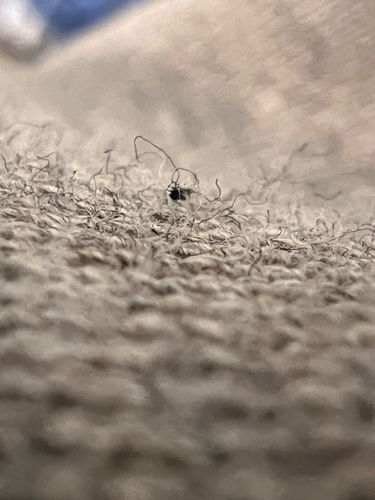Fungus Gnat
Scientific Name: Sciaridae (family)
Order & Family: Order Diptera, Family Sciaridae (Dark-winged fungus gnats)
Size: 2-8 mm (adult)

Natural Habitat
Damp, organic-rich environments such as potting soil, compost piles, decaying plant material, and often found indoors near houseplants. Larvae develop in moist soil.
Diet & Feeding
Adult fungus gnats typically feed on liquids (such as water or nectar), but their primary role is reproduction. The larvae feed on fungi, decaying organic matter, and sometimes the roots of plants.
Behavior Patterns
Adults are weak, erratic fliers and are often seen near the surface of moist soil or flying around windows. They are attracted to light and moisture. Females lay eggs in moist soil, and the larval stage is where most plant damage can occur due to root feeding. Their life cycle is relatively short, around 3-4 weeks.
Risks & Benefits
Potential risks include damage to plant roots, especially seedlings and young plants, as larvae can chew on roots and introduce pathogens. They are considered a nuisance pest indoors. Benefits are minimal, though they can play a small role in decomposition of organic matter in outdoor environments.
Identified on: 10/12/2025